

Jerry eBooks
No copyright  2012 by Jerry eBooks
2012 by Jerry eBooks
No rights reserved. All parts of this book may be reproduced in any form and by any means for any purpose without any prior written consent of anyone.
U-BOATS OFFSHORE
Copyright 1978 by Edwin P. Hoyt
All rights reserved.
This book may not be reproduced in whole or in part,
by mimeograph or any other means, without permission.
For information address:
Stein and Day Publishers.
Scarborough House
Briarcliff Manor, New York 10510
ISBN: 0-515-07427-6
PRINTED IN THE UNITED STATES OF AMERICA
U-Boats Offshore
Edwin P. Hoyt
ACKNOWLEDGEMENTS
Chart of ship sinkings and drawings of four German U-boats, 1939-1945 reprinted from The Submarine and Sea Power by Vice Admiral Sir Arthur Hezlet, published by Stein and Day.
All other photos and drawings courtesy of the National Archives.
For Rear Adm. Ernest McNeill Eller, U.S.N. (Ret.),
who has guided my career through naval history for ten years.
HEROISM, FLAMING CARNAGE, AND BLOODY TRAGEDY
In the early months of 1942 two German U-boats arrived secretly off our East Coast, They sank so much shipping vital to the American and British war effort that our naval authorities feared an armada of U-boats had come. And come they did while American cities on the shore were still leaving their lights on, silhouetting freighters for Nazi torpedoes. The U.S., caught unprepared, was in shock. Churchill sent fishing trawlers to fill our defenses, and they were welcome. The U.S. Navy even appropriated the yachts of the wealthy.
This is the riveting account of how a U.S. defense was heroically mobilizedand how it finally drove the enemy from our shores by the fall of 1943, never to return again.
PREFACE
Most stories of the war against Nazi Germany have been told. After all, more than three decades have passed since the end of the war. But one aspect of that war has never been explored. It is the story of how the U.S. military establishment nearly lost the war for the Allies in the early months of 1942.
In the first six months after the United States was catapulted into war by the attack on Pearl Harbor, the U-boats destroyed nearly six hundred ships, more than three million tons, the equivalent of half the American merchant ships afloat. Most of these ships were sunk in American waters defended by the U.S. Navy and Army Air Forces. Only six U-boats were lost in the western Atlantic in this period, and the first American sinking of a U-boat off the U.S. coast did not come until May 1942.
As Winston Churchill warned from the beginning, American unpreparedness and incompetence in dealing with the U-boats threatened the entire allied war effort more than the Japanese destruction of the American battle fleet at Pearl Harbor.
By March, Churchill was so concerned that he sent a fleet of converted trawlers and another fleet of corvettes to the East Coast of America, men and ships trained in antisubmarine warfare. This was at a time when Britain was besieged everywhere, but with all the defeats and difficulties, the Atlantic war was foremost on Churchills mind. He knew that if Germanys submarine genius, Admiral Karl Doenitz, could throw enough force against the untrained and unarmed Americans, the tide of battle would be turned for Germany, and Britains defenses would collapse from hunger.
This book tells why the Americans were unprepared and what happened, day by day, month by month, during the two vital periods when Doenitz loosed his U-boats against America: from January until July 1942 and again in the summer and fall of 1943.
It is a shocking story. It shows the American high command at its worst. It is a thrilling story, too, of high adventure, danger, and tragedy that occurred in the waters off the American East Coast in those critical months. It is also the story of self-sacrifice, blunder, and heroism.
Hundreds of heroes live in this story, the men who sailed in merchant ships and naval vessels, the men who sent them to sea and sometimes to death, the men who flew planes and blimps, and the men who went to sea in tiny cockleshells to try to rescue survivors of the sinkings.
There are few villains. Even the Germans were brave men doing what they perceived to be their duty. If some German captains abused the laws of war, it will also be seen that they were not alone, as in the tale of U-85, whose crew was massacred by an American destroyer.
The story of the war offshore is tragedy and final triumph. Twenty more U-boats, even ten, made available to Admiral Doenitz for his effort against America in the months from January through July 1942, might have turned the tide. The want of those few submarines constituted the legendary horse-shoe nail. If the British had been forced to their knees, the entire course of World War II could have been changed.
It did not happen that way, but how close it came to happening is the subject of this book.
SEA WAR
By the first of December 1941, Americans in the ports along the Eastern seaboard recognized far better than any of their countrymen the horrors of Britains war at sea; indeed, some had already felt its consequences. The first big British passenger liner torpedoed in 1939, the Athenia, carried a number of American passengers. The Cunard liner Franconia was tied up at the 48th Street pier in those first days, and observant New Yorkers could see a crew of 70 painters working night and day to change her pristine white hull to battleship gray.
From the beginning of hostilities in September 1939, some Americans had encountered the U-boats. In the first week of war, the American freighter Wacosta was stopped by a U-boat off the Irish coast and searched for contraband. That same week, a policeman in Queens borough, New York, swore he saw a submarine in Luyster Creek, near the Consolidated Edison plant. One day in 1939, the U.S. destroyer Leary went charging out from her moorings in Boston harbor searching for a submarine. There was none there. Another day, President Roosevelt told his press conference that submarines were lurking off New England. They were not.
As the war continued, many mysterious tales were told about the U-boats. One, which originated in Boston, concerned a U-boat captain of great daring.
This captain, went the tale, made it a habit to come in close to the American shore and place his submarine on the bottom near a sunken wreck, where the metal of the known ship would confuse the sound gear of any searching vessel.
Then, at night, this captain would wait for British and Canadian ships heading out of Boston harbor, bound for Halifax, carrying war supplies for Britain. The U-boat would stalk the cargo vessels into Canadian waters, sink them, and then return to its haven near Boston harbor to lie in wait and strike again.
Several vessels were lost in this way, and the Canadian destroyer men wondered at the apparent omniscience of this U-boat captain. They began searching the area outside Boston harbor for the enemy submarine. Finally, one destroyer captain, who had taken readings at the old wreck when the U-boat was off on a chase, returned and took them again. The sound operator noticed a discrepancy and informed the captain.
Next page
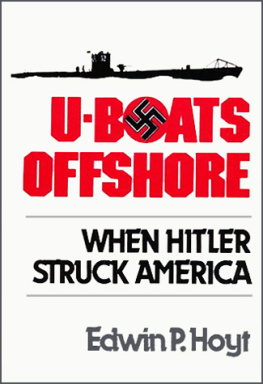
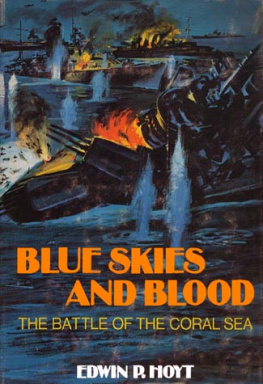
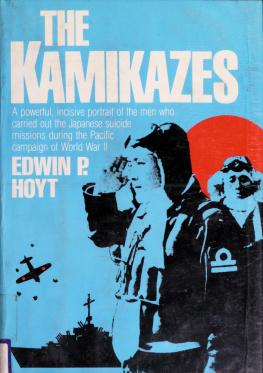
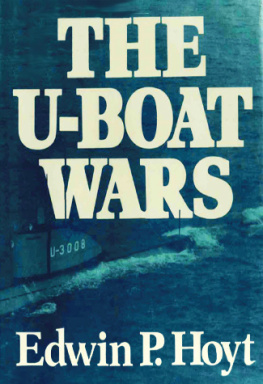
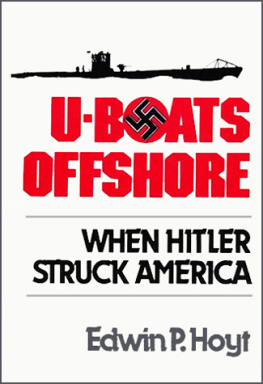

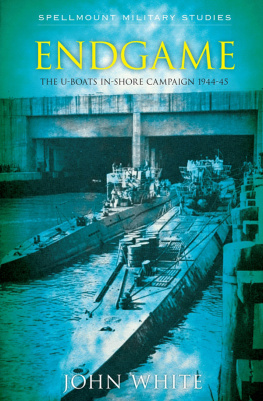
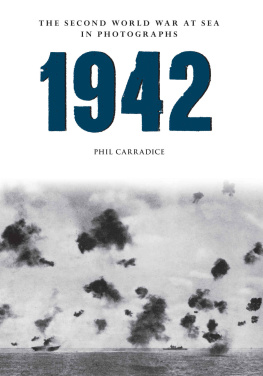


 2012 by Jerry eBooks
2012 by Jerry eBooks
